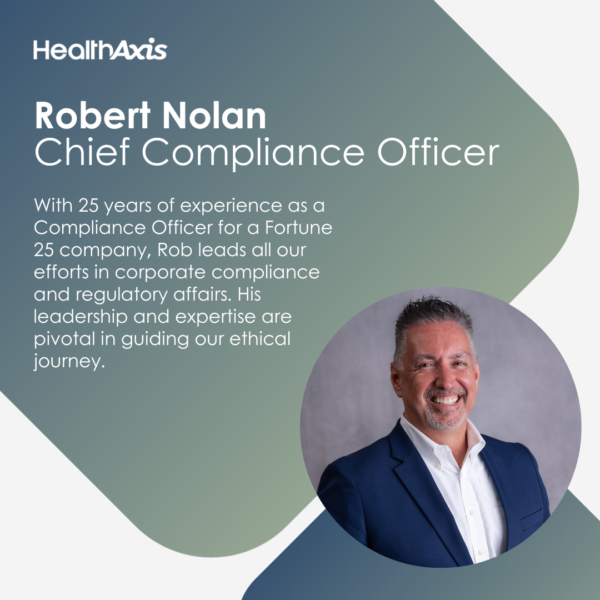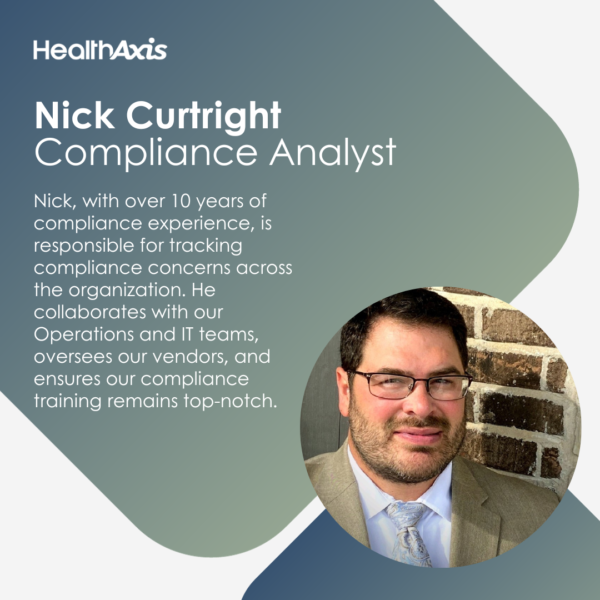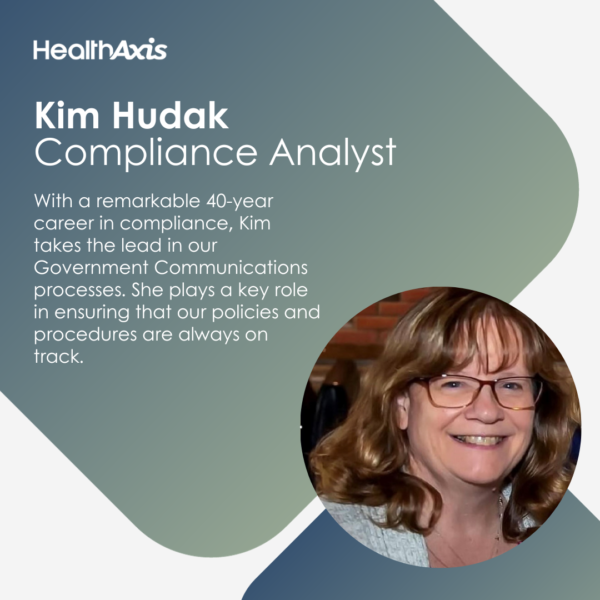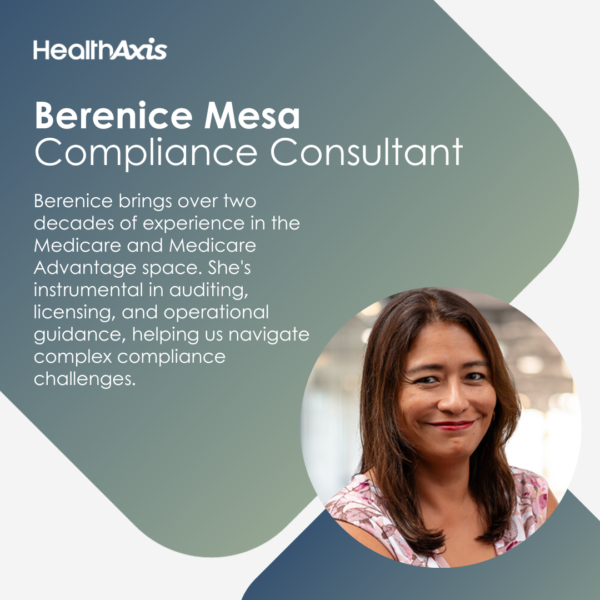In healthcare claims processing, compliance with regulations and policies is crucial. Payers and providers must ensure that claims are processed in a timely manner, that notices and disclosures are provided, and that payments are made per policy provisions and coverages. Failure to comply can result in legal and financial penalties and reputational damage. In 2021, the Federal Government received $1.7B from healthcare fraud settlements related to drug and medical device manufacturers, durable medical equipment, home health and managed care providers, hospitals, pharmacies, hospice organization and physicians.
In addition to the recoveries, many of these actions were the result of whistleblowers who were a party to 351 settlements and judgments. In total, since 1986, there have been $72B recovered under the False Claims Act which protects taxpayers’ dollars, not just limited to healthcare fraud.
Here are the top 5 compliance challenges in healthcare claims processing and how to address them:
1. Timely Claim Handling
Timely claim handling is essential to members and providers. It includes prompt, smooth/efficient intake, accurate amounts, and timely payments. While payments are made to providers, if there becomes an issue with timeliness or accuracy, providers miss filing deadlines and could miss payments potentially resulting in provider abrasion, they may stop accepting your plan, or even take legal action. All of which negatively impacts your members, causing dissatisfaction. Timely claim handling is more than just providing quick responses/payments to members’ claims. This is an end-to-end process that encompasses a smooth intake, the accuracy and completeness of the claims handling and getting payments to the provider as expeditiously as possible.
To ensure providers can meet timeframes, and get paid with ease, having a smooth intake process means they have a variety of methods to get the claim to the processing center. When it gets to the center, it is important to review claims as quickly as a possible. Promptly responding to a claim that contains errors or omissions may prevent further delays or even claim denials. Therefore, insurers and healthcare providers must ensure that their claims processing systems are equipped to handle claims accurately and efficiently. In many cases, Payers and providers have regulated timelines to follow, but even when not regulated, they should establish clear timelines for processing claims. These performance goals for processing claims, such as the maximum time allowed for claim review, processing, and payment will help to promote consistency and transparency in the claims-handling process. Additionally, reporting to the health plan on claims timelines and notices to providers and members should be provided regarding the status of their claims. This will help to improve member satisfaction, reduce inquiries, and minimize the likelihood of unwarranted appeals and disputes.
Automation and technology can also streamline the claims process, reducing the likelihood of delays. For instance, automated claims review systems can help identify and flag incomplete or inaccurate claims before they are sent for processing. This can reduce the number of claims that require manual review, improving efficiency and reducing the likelihood of errors. Ensuring payments are drafted and EOPs (explanation of payments) are timely provided are crucial.
2. Required Notices and Disclosures
Under federal and state laws, payers and providers must provide specific notices and disclosures to members and payers are required to provide certain notices to providers too. These include notices of privacy practices (NPPs), explanation of benefits (EOBs), explanation of payments (EOPs), and appeals information. It is essential for health plans to comply with these requirements to ensure that members are informed about their rights and have access to the information they need to make informed decisions about their healthcare and providers have the information needed to treat their patients and get paid.
Health plans or their third-party administrators should include policies and procedures for providing notices and disclosures, regular training, and education for staff on the importance of compliance, and regular audits to ensure that notices and disclosures are being provided promptly and accurately. It is also important for healthcare organizations to stay current with changes in laws and regulations related to required notices and disclosures and to adjust their department programs accordingly.
Furthermore, payers should prioritize clear and effective communication with members regarding their healthcare information. This can include making sure that members are aware of their right to receive NPPs and EOBs and providing these documents in a language that the patient can understand. Healthcare organizations should also have systems in place to address member questions and concerns related to their notices and disclosures.
3. Payments per Policy Provisions and Coverages
Payments for healthcare services must be made per policy provisions and coverages. Failure to do so can result in overpayments, underpayments, affect STAR ratings or government programs enrollment algorithms, and possibly result in legal action.
To address this issue, healthcare insurers should establish clear policies and procedures for payment processing and ensure that they are followed consistently. Regular audits can also help identify and correct payment errors.
Ensuring that payments for healthcare services are made in accordance with the latest fee schedules and coverage eligibility is crucial to avoid overpayments, underpayments, and interest or penalty payments. Inaccurate or inconsistent payment processing can result in financial losses and harm the reputation of healthcare payers and providers.
Organizations should include clear policies and procedures for payment processing. These policies outline the specific procedures for calculating and processing payments and provide guidance on using specific billing codes and documentation requirements. It is also important to ensure that policies and procedures are followed consistently across all departments and staff members.
In addition to establishing policies and procedures, regular audits can help identify and correct payment errors. Healthplans and their third-party administrators undergo internal and external audits that are conducted periodically and sometimes spontaneously to ensure that payment processing is carried out correctly and that staff members adhere to established policies and procedures. Errors or discrepancies should be addressed promptly to avoid potential legal or financial repercussions.
4. Fraud and Abuse
Healthcare claims are a primary source of fraud and abuse. Fraud is defined as any intentional deception or misrepresentation resulting in financial gain. At the same time, abuse refers to actions that are inconsistent with sound healthcare practices and may result in unnecessary costs to patients or government programs. These can include a range of activities such as billing for services not provided, upcoding (billing for a more expensive service than was provided), kickbacks, and overutilization of services.
Effective compliance and ethics programs should guide and support employees in identifying and preventing fraud and abuse. This is accomplished through training and educating staff on compliance requirements and ethical standards regularly. It could also include monitoring and auditing of claims processing activities to identify any irregularities or potential fraud.
In addition, payers must be vigilant in their oversight of third-party vendors, such as billing companies and outside consultants, to ensure they comply with regulations and ethical standards. This may involve conducting due diligence before engaging with third-party vendors, establishing clear contractual expectations, and monitoring their activities closely.
Overall, preventing fraud and abuse requires a comprehensive and proactive approach involving all healthcare claims processing ecosystem stakeholders. By prioritizing compliance and ethics and investing in effective monitoring and oversight, healthcare insurers can reduce the risk of financial losses, government program contracts, and reputational damage while ensuring members’ highest quality of care.
5. HIPAA Compliance
The Health Insurance Portability and Accountability Act (HIPAA) is a federal law enacted in 1996 to protect member privacy and ensure the security of their health information. HIPAA establishes national standards for the protection of individually identifiable health information, known as protected health information (PHI), and requires healthcare providers and insurers to comply with these standards.
Compliance with HIPAA is mandatory for payers and providers, as failure to comply can result in significant legal and financial penalties. The Department of Health and Human Services Office for Civil Rights (OCR) is responsible for enforcing HIPAA regulations and fines can range from $100 to $50,000 per violation, with a maximum penalty of $1.5 million per year for each violation.
Payers should have compliance programs that ensure member health information protection. These programs should include policies and procedures for collecting, using, and disclosing PHI, training, and education for staff on HIPAA regulations and best practices for protecting member privacy, and logging and disclosing infractions.
HIPAA compliance also includes regular risk assessments to identify potential vulnerabilities in the handling of PHI and establish measures to mitigate those risks. Finally, insurers should have a system for reporting and investigating potential HIPAA violations to ensure prompt corrective action.
Navigating Healthcare Compliance Challenges: Harnessing Technology and Expertise
Compliance is essential in healthcare claims processing. By addressing these top 5 compliance challenges, healthcare payers can avoid legal and financial penalties, protect members’ privacy, and ensure accurate and timely payment for services, while maintaining their government program contracts, and retain members and providers.
Overall, technology has revolutionized healthcare compliance by providing tools to improve efficiency, accuracy, and accountability. As technology continues to advance, it is likely that healthcare compliance will further benefit from innovations that address emerging challenges and regulatory changes.
Please note that compliance risks and opportunities may have, evolved, or new challenges may have emerged recently, so it is critical to stay informed about the latest regulations and industry trends to effectively address compliance challenges in the healthcare sector.
At HealthAxis, our Compliance and Ethics Program provides operational guidance and safeguards against fraud and abuse, helping to ensure compliance with regulations and policies. With the right technology partner on your side, your organization can navigate the ever-changing regulatory landscape without risk.
Schedule a discovery call today to see our proprietary core administrative processing solution (CAPS) technology and modern BPaaS/BPO capabilities in action.
Author:

Robert Nolan
Chief Compliance Officer
HealthAxis








